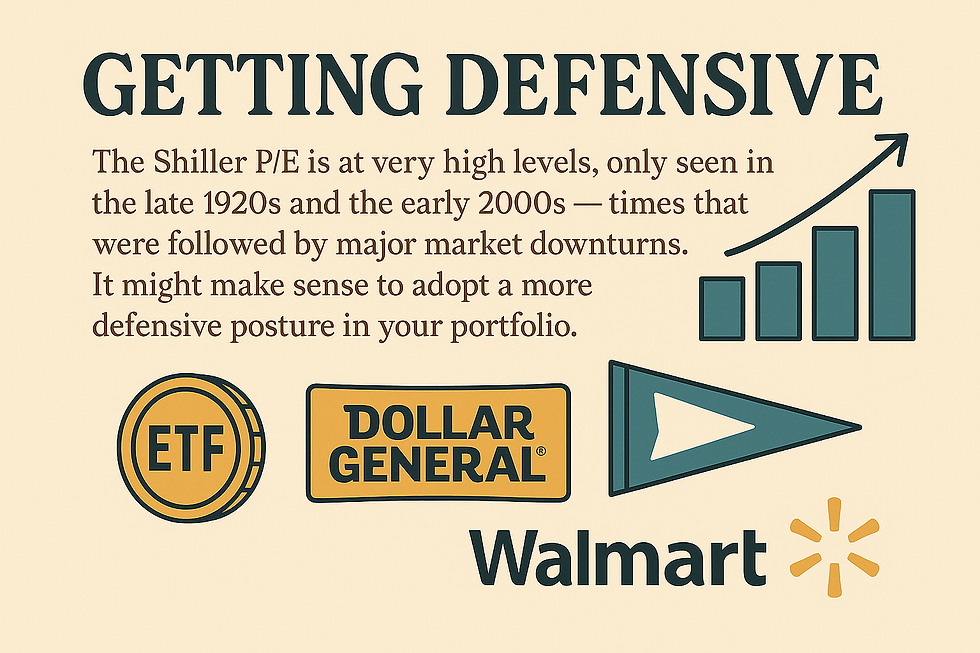Only Three Stocks? The Diversification Debate — Myth vs. Reality
- dimepop editorial staff

- 5 days ago
- 3 min read

There’s always that swaggering claim from a new investor:
“I don’t need diversification. I only hold three stocks — and they’re killers.”
And sure… Warren Buffett and Charlie Munger famously said that diversification is protection against ignorance. Their philosophy was simple: if you really understand the few companies you buy, you don’t need 50.
But here’s the nuance nobody mentions in the “concentration is king” memes:
Concentration builds wealth. Diversification protects it.
The Hidden Truth: Only a Small % of Stocks Drive Almost All Market Gains
Multiple studies (including research by Arizona State University and data from Hendrik Bessembinder) show something stunning:
Only about 4% of publicly traded stocks account for nearly all of the stock market’s long-term gains.
Four percent.
That means the vast majority of stocks underperform or simply match treasury bonds. The huge market returns we hear about come from a tiny sliver of “monsters” — companies like Apple, Amazon, Nvidia, Tesla, Starbucks, and Microsoft.
Starbucks Example
Starbucks is one of those rare wealth engines.From its IPO in 1992 through the 2010s, Starbucks delivered roughly 20%+ annualized returns for nearly two decades.That’s the kind of stock that turns $10,000 into more than $1,000,000 — but only if you owned it.
The challenge?
You don’t know ahead of time which company will become the Starbucks of the next era — unless you are exceptionally good at research and analysis.
The Role of Diversification: Exposure = Opportunity
Most investors don’t lack intelligence — they lack exposure.
Diversification isn’t about watering down your returns.It’s about increasing your odds of owning one of the few stocks that experience explosive growth.
If only 4% of stocks create the majority of market wealth, owning just three or four companies gives you a very small chance of hitting a winner.
More stocks = more lottery tickets(but with the math of capitalism backing you instead of luck).
The Risk: Black Swan Events
Even if you’ve picked a rock-solid company, a black swan event can nuke an investment overnight.
A black swan is an unpredictable, high-impact event that destroys a company’s business model.
Example: Kodak
Kodak dominated photography for decades. They had global brand recognition, market share, and cash flow. But the digital camera revolution — a black swan — blindsided them. Investors who were concentrated in Kodak didn’t just lose a stock;they lost a future.
Concentration works… until it doesn’t.
So What Does “Enough” Diversification Look Like?
Here’s a practical approach:
✅ Individual Stock Approach
Hold at least 15 individual stocks of roughly equal weight.Fifteen stocks dramatically reduces company-specific risk while still letting you find the next Starbucks.
✅ ETF Approach
If you prefer simplicity, one ETF can diversify you instantly:
One S&P 500 ETF = ~500 companies
One total-market ETF = ~4,000 companies
One global ETF = ~8,000 companies
In one click, you give yourself exposure to thousands of potential future mega-winners — including that coveted top 4%.
The Balanced Strategy
Strategy | Pros | Cons |
Concentration (3–5 stocks) | Huge upside if you picked correctly | One black swan = portfolio ruined |
15-stock diversification | Exposure to mega-winners + risk control | Requires monitoring & research |
ETF-based diversification | Instant safety + effortless exposure | Less chance of massive outperformance |
Final Takeaway
You don’t need dozens of stocks.You need enough different opportunities for one of them to be a monster.
Diversification increases your chance of owning the next Starbucks.Concentration increases the size of your bet — and your risk.
The art is knowing when to do which.
Build wealth through focused conviction.Protect wealth through intelligent diversification.



Comments